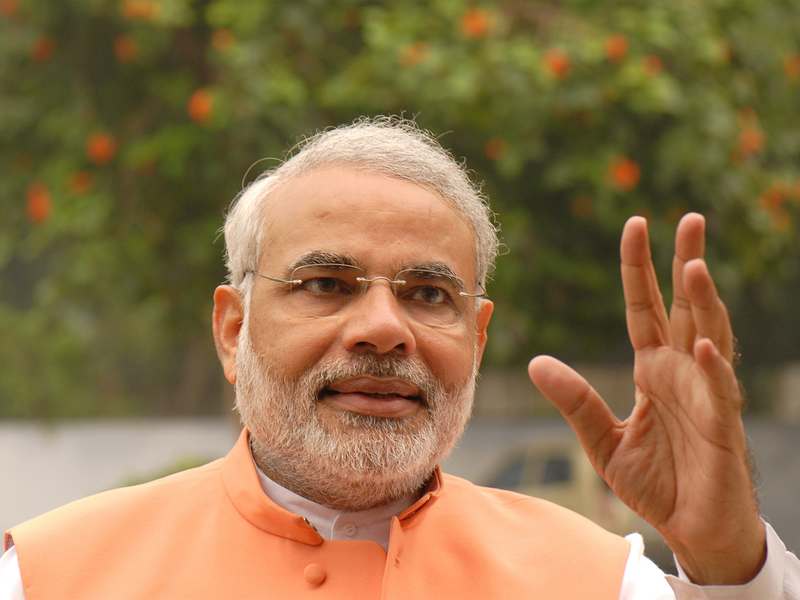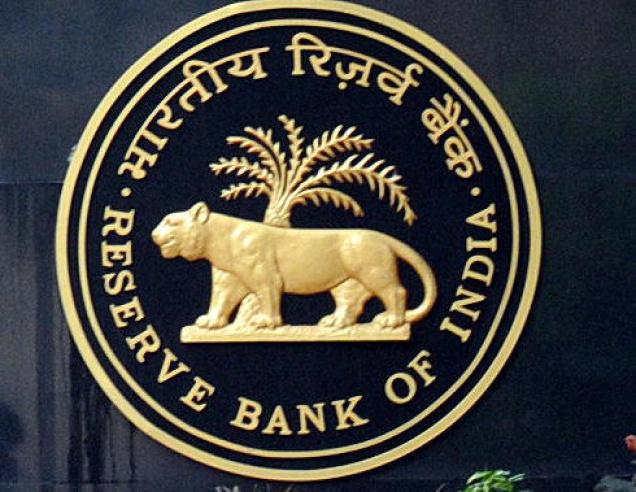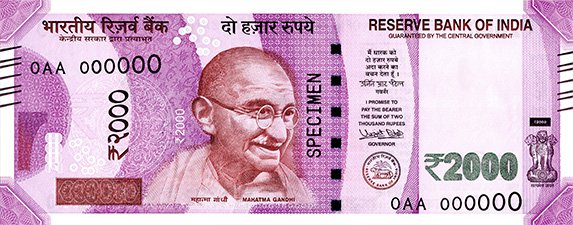
Housing and real estate is one area in India where writing anything is very difficult given the lack of data. Nevertheless, a few inferences can be made from the little data that is available.
In the last edition of the Letter we unveiled the Indian Economic Thermometer (IET). One of the inputs into the IET was retail loan growth. A major constituent of retail loans are housing loans. As of March 2017, housing loans formed around 53 per cent of the total retail loans given by banks.
By tracking the total amount of housing loans given by banks, we can make a few inferences regarding the state of the real estate sector in India. So, let’s take a look at Table 1. It shows the total amount of home loans given by banks during the course of a year, over the last few years.
Table 1:
| Total Home Loans (in Rs crore) | Increase/Decrease with respect to the previous year | |
| 2012-13 | 59,647 | |
| 2013-14 | 81,900 | 37.3% |
| 2014-15 | 89,935 | 9.8% |
| 2015-16 | 1,18,245 | 31.5% |
| 2016-17 | 1,13,323 | -4.2% |
Source: Centre for Monitoring Indian Economy.
Table 1 makes for a very interesting reading. For the first time in five years, the total amount of home loans given by banks during the course of a year, has fallen. The total amount of home loans given out in 2016-2017 was around 4.2 per cent lower than the total amount of loans given out in 2015-2016. This is another data point that shows the largely moribund state of the real estate sector in India.
One point that needs to be kept in mind is the fact that home loans are also given out by housing finance companies. The trouble is that regular data on the home loans given by housing finance companies is not available. And this is ironical because housing finance companies are regulated by the National Housing Bank(NHB), which is a 100 per cent subsidiary of the Reserve Bank of India(RBI). It is worth asking that when the RBI can put out month on month data on loans given by banks, what is stopping the NHB?
The latest data I could find on this front was as of March 31, 2015 and that is really not of much help more than two years later, given that we are trying to look at the current state of home loans. In 2014-2015, housing finance companies gave out home loans worth Rs 75,488 crore. During the same year, banks gave out home loans amounting to Rs 89,935 crore. This means that in 2014-2015, housing finance companies gave out around 45.6 per cent of the total home loans. In an ideal world, this data should not be ignored. But given that we don’t have access to it, there is nothing really that we can do about it.
Getting back to the point. Let’s get into a little more detail into the home loans given by scheduled commercial banks during 2016-2017. Let’s look at March 2017. During the course of the month, banks gave out total home loans of Rs 39,952 crore. This basically means that 35.3 per cent of the total home loans given out during the course of the year, got disbursed during one month, which happens to be the last month of the financial year.
What is happening here? Before March 2017, Rs 18,900 crore worth of home loans were disbursed in September 2016. This amounted to 17 per cent of the total home loans disbursed during the course of the year. Hence, between the two months, more than half of the home loans disbursed during the year, were disbursed.
It is well known that builders have got a huge amount of unsold inventory with them. This inventory has been in various stages of construction. At the same time, the builders have been trying to sell this inventory for a while now, by offering a better price as well as goodies on the side.
As some of this inventory has achieved completion stage, it has become slightly attractive for homebuyers given that people prefer buying finished homes these days in comparison to under-construction ones. Also, with builders wanting to show good year end numbers they have gone easy on the price in the month of March 2017, is what bankers tell me.
There is another phenomenon at work. These days people don’t apply for a home loan just at the point of time short-listing and buying a home. They apply for it in advance and get the loan sanctioned but not disbursed. The moment they get a good price for a home, they get the loan disbursed. That is another explanation for a jump in home loan numbers in March 2017.
Also, once people buy a ready to move in new home, there is activity in the secondary home market as well. They may want to sell the homes they were living in, and that also leads to more people taking on home loans. This phenomenon is likely to play out more in the coming months, if the basic assertion I am making turns out to be correct.
Another point mentioning here is that between November 2016 and February 2017, banks barely gave out any home loans. During the period, the banks gave out home loans worth Rs 8,851 crore. In March 2017, they gave out total home loans of Rs 39,952 crore, which was 4.5 times the home loans given out in the previous four months.
A major reason why people weren’t taking on home loans between November 2016 and February 2017 was demonetisation. There simply wasn’t enough currency going around. With this, the real estate transactions came to a standstill because without currency it wasn’t possible to fulfil the black part of the real estate transaction. Those who owned homes(builders and investors) were not ready to sell homes, without being paid for a certain part of the price, in black.
By March 2017, nearly three-fourths of the demonetised currency was replaced.
This basically means that by March 2017, there was enough currency in the financial system for the black part of the real estate transactions to start happening all over again. Also, the Rs 2,000 note makes this even more convenient.
This availability of currency ensured that the black part of any real estate transaction could be easily paid, which had become difficult between November 2016 and January 2017. Once the black transactions became possible, real estate started getting bought and sold again, and this in turn ensured that home loans started to be disbursed again.
Between builders desperate to end the financial year on a good note and currency finding its way back to the financial system, people started taking on home loans again. The interesting question is whether this revival in home loans will continue. For that we will have to wait for the home loan data of April 2017.
The big question here is that are real estate prices falling? If you listen to what the real estate industry has been saying you would feel that real estate prices have either not been falling or will not fall more.
Ashutosh Limaye, Head-Research & REIS, JLL India, told ET Now that “prices have come down but by and large prices are holding.” Or as Getamber Anand told Moneycontrol.com: “I feel prices in most markets have bottomed out and stabilised with little or no margin for further reduction.”
Let’s look at some data to see if this is true. As I mentioned earlier, real estate data is not easy to get. The simple way to figure out whether prices are going up or down or are flat, would be to look at the prices at which deals are happening. But given that there is no such data at an agglomerated level, one has to try and look at this in a slightly different way.
Every bank has to carry out what the RBI calls priority sector lending. What kind of lending gets categorised as priority sector lending in case of home loans? As per a RBI circular dated April 23, 2015, a priority sector housing loan is defined as: “Loans to individuals up to Rs 28 lakh in metropolitan centres (with population of ten lakh and above) and loans up to Rs 20 lakh in other centres for purchase/construction of a dwelling unit per family provided the overall cost of the dwelling unit in the metropolitan centre and at other centres should not exceed Rs 35 lakh and Rs 25 lakh respectively.”
This is how priority sector home loans continue to be defined. Hence, housing loans of up to Rs 28 lakh in a city with a population of Rs 10 lakh or more, and financing the purchase of a home with a price of up to Rs 35 lakh, is categorised as a priority sector housing loan. In other centres, a priority sector housing loan is a loan of up to Rs 20 lakh used to finance the purchase of a house with a price of up to Rs 25 lakh.
Let’s look at Table 2. It shows the priority sector loans as a proportion of total home loans given by banks.
Table 2:
| Total Home Loans (in Rs Crore) | Priority Sector Home Loans (in Rs Crore) | Proportion | |
| 2012-13 | 59,647 | 1,349 | 2.3% |
| 2013-14 | 81,900 | 34,800 | 42.5% |
| 2014-15 | 89,935 | 20,386 | 22.7% |
| 2015-16 | 1,18,245 | 19,890 | 16.8% |
| 2016-17 | 1,13,323 | 26,082 | 23.0% |
Source: Centre for Monitoring Indian Economy.
What does Table 2 tell us? We are interested only in the years 2015-2016 and 2016-2017, when the definition of priority sector housing loans was the same. What we can see is that in 2016-2017, nearly 23 per cent of the loans given out were priority sector home loans. In 2015-2016, this figure was at just 16.8 per cent. In absolute terms, 31.1 per cent more priority sector home loans were disbursed in 2016-2017 than in 2015-2016.
What does this mean? It means that banks have financed more homes with an official registered price of Rs 35 lakh or lower in metropolitan cities and Rs 25 lakh or lower in other centres. We use the term official registered price, simply because a black component always gets paid in cash, over and above the official price.
With banks financing more homes of Rs 35 lakh or lower in metropolitan cities and Rs 25 lakh or lower in other centres, it basically means that either prices have come down or more homes have been built in that segment (which builders like to call affordable housing). Hence, more homes have become available in the sub-Rs 35 lakh segment in the metropolitan centres and in the sub-Rs 25 lakh segment, in other centres.
In fact, in the month of March 2017, when the maximum amount of home loans were given out in comparison to any other month during the last financial year, 28 per cent of the loans were priority sector home loans.
Given this, home loan data does suggest that home prices have fallen. Of course, there is no way of figuring out to what extent have the prices fallen. The answer would be different for different parts of the country.
But how does all this work at a personal level? One technique of driving down the price is to keep talking to the representative of the builder over a period of time, keep him interested and keep driving down the price. Of course, this needs a lot of patience and depends on how desperate the builder is to sell what he has already built.
The column originally appeared on Equitymaster on May 10, 2017





